Engaging Stakeholders: The Key to Meaningful Sustainability Reporting
Sustainability reporting has become an essential tool for organizations to demonstrate their commitment to environmental, social, and governance (ESG) issues. However, the effectiveness of sustainability reporting hinges on meaningful stakeholder engagement. In this post, we'll explore the crucial role stakeholders play in identifying material issues and shaping impactful sustainability reports.
The Role of Stakeholders in Sustainability Reporting
1. Internal Stakeholders
• Employees: Their needs focus on fair compensation, safe
working conditions, career development, and a positive work environment.
* Example: Employees
expect transparency in sustainability reporting about how the company addresses
worker safety, ethical sourcing, and responsible waste management.
• Management: Their needs revolve around maintaining
profitability, achieving organizational goals, and mitigating risks associated
with sustainability practices.
* Example:
Management seeks data on environmental impact, resource efficiency, and supply
chain transparency to inform strategic decision-making and ensure compliance
with regulations.
• Shareholders: They are primarily concerned with financial performance, long-term value creation, and responsible business practices.
* Example: Shareholders look for reporting on how sustainability initiatives contribute to revenue growth, cost reduction, and brand reputation, ultimately influencing their investment decisions.
2. External Stakeholders
• Customers: Their needs center on product quality, ethical
sourcing, environmental impact, and fair pricing.
* Example: Customers
may favor products from companies with transparent sustainability reporting on
their environmental footprint, ethical labor practices, and commitment to
reducing waste.
• Suppliers: Their needs focus on fair payment terms, clear
expectations for sustainability practices, and opportunities for collaboration
on sustainable supply chains.
* Example: Suppliers
want to understand a company's sustainability goals and requirements for their
products or services, ensuring compliance and potentially benefiting from
shared sustainability initiatives.
• Investors: They evaluate a company's ESG performance and
look for evidence of strong governance, social responsibility, and
environmental impact mitigation.
* Example: Investors seek reporting on a company's climate
change strategy, diversity and inclusion initiatives, and responsible
investment practices to assess long-term financial stability and ethical
alignment with their values.
• Government Agencies: Their focus is on regulatory
compliance, environmental protection, and promoting sustainable development.
* Example:
Government agencies look for reports demonstrating adherence to environmental
regulations, responsible resource management, and fair labor practices.
• Communities: Their needs revolve around local economic
development, environmental protection, and social responsibility.
* Example: Local
communities may expect a company to report on its impact on local jobs,
environmental conservation efforts, and community engagement initiatives.
• NGOs (Non-Governmental Organizations): They advocate for
social and environmental justice and often hold companies accountable for their
sustainability performance.
* Example: NGOs
might seek reporting on a company's commitment to human rights, animal welfare,
and responsible resource extraction practices.
• Overlapping needs: Stakeholders often have overlapping
interests and concerns.
• Contextual differences: The specific needs of stakeholders
can vary depending on the industry, geographic location, and specific issues at
hand.
• Continuous engagement: Effective stakeholder engagement requires continuous dialogue and feedback to understand evolving expectations and priorities.
By understanding the diverse needs of stakeholders, organizations can create more impactful and credible sustainability reports that truly reflect their commitment to responsible business practices. Stakeholders bring diverse perspectives, expertise, and expectations. Engaging stakeholders effectively is crucial for success because it:
- Increases understanding and buy-in: Stakeholders are more likely to support an initiative when they feel heard and understood.
- Improves decision-making: Engaging diverse perspectives allows for better-informed decisions and reduces the risk of overlooking critical considerations.
- Reduces conflicts and risks: Proactive engagement helps identify and address potential issues early on, minimizing conflicts and mitigating risks.
- Builds trust and relationships: Regular communication and collaboration foster strong relationships, leading to greater cooperation and support.
- Understand material issues and prioritize reporting. Stakeholders offer unique insights into environmental, social, and governance (ESG) issues that directly impact your organization and its operations.
- Develop targeted strategies and goals: Having understand the stakeholders’ material issues, a company can strategize the areas to focus on that generate the greatest impact.
- Demonstrate accountability and transparency: Engaging stakeholders demonstrates your commitment to open communication and responding to their concerns and expectations
Steps to Effective Stakeholder Engagement
1. Identify and Prioritize Your Stakeholders
- Beyond traditional stakeholders: Identify stakeholders with a direct or indirect interest in your sustainability performance, including investors, employees, customers, suppliers, local communities, and NGOs that were discussed earlier.
- Prioritize engagement: Focus on stakeholders with the highest influence and interest in your sustainability report. Create a stakeholder map to identify all relevant stakeholders and their level of influence and interest. Segment stakeholders based on their roles, priorities, and communication preferences.
Explanation:
- Investors: Investors have a high interest in a company's sustainability performance as it can impact financial performance and long-term value (High Interest). They also have significant influence through their investment decisions (High Influence).
- Customers: Customers are increasingly interested in a company's sustainability practices and are more likely to choose products and services from companies that prioritize sustainability (High Interest). They have moderate influence (Medium Influence) through their purchasing decisions.
- Government Agencies (Environmental): Government agencies have significant influence (High Influence) through regulations, reporting requirements, and enforcement actions. They also have a high interest (High Interest) in ensuring environmental protection and promoting sustainable business practices.
- Employees: Employees can influence a company's sustainability performance through their daily operations and innovation (Medium Influence). They have a moderate interest (Medium Interest) in sustainability practices, particularly regarding workplace safety, ethical sourcing, and professional development opportunities.
- Suppliers: Suppliers can impact a company's sustainability performance through their own practices and the materials they provide (Medium Influence). They have a moderate interest (Medium Interest) in collaborating on sustainable practices, as it can benefit their own operations and reputation.
- Local Communities: Local communities have lower influence (Low Influence) but may have a moderate interest (Medium Interest) in a company's impact on their environment, jobs, and quality of life.
- NGOs (Environmental): NGOs have significant influence (Medium Influence) on public perception and can mobilize support for or against companies based on their sustainability performance. They have a high interest (High Interest) in environmental protection and advocating for sustainable business practices.
- Media: The media can influence public perception and stakeholder expectations (Medium Influence). They have a high interest (High Interest) in reporting on sustainability issues and can shape the narrative around a company's sustainability performance.
2. Defining Your Sustainability Goals and Priorities
To craft an effective sustainability report, it’s essential to first establish clear and meaningful goals that reflect your company’s commitment to environmental, social, and governance (ESG) issues. Defining these goals and prioritizing what matters most to your business and stakeholders lays the foundation for a credible and impactful sustainability strategy.
This process involves:
- SMART goals. Setting SMART goals help your company stay on track and demonstrate measurable impact. They also make it easier to communicate your progress to stakeholders and ensure that sustainability initiatives are seen as integral to business success rather than an afterthought. For example, “Reduce energy consumption by 15% across all company facilities by 2025”, or “Achieve carbon neutrality by 2030,” ensures that your company stays accountable and can track progress over time.
- Conduct materiality assessment. This is to ensure that your sustainability efforts align with both your company’s mission and the expectations of your stakeholders. Once material issues are identified, they need to be prioritized based on their potential impact on the company and society. Companies typically use a materiality matrix to plot issues along two axes:
- Importance to stakeholders: How much importance do stakeholders place on each issue?
- Impact on the company: How significant is the issue to the company’s financial and operational performance?
The issues that rank highest on both axes should be
prioritized in your sustainability reporting. These will form the core of your
sustainability strategy and communication. For example, if climate change is
ranked highly by stakeholders and poses significant risks to your supply chain,
it should become a central theme in your report.
3. Develop a Communication Strategy
- Define clear communication objectives and key messages. Define specific goals for engagement, such as gathering feedback on reporting content, addressing stakeholder concerns, or fostering collaboration on sustainability initiatives.
- Select appropriate communication channels. Utilize various communication channels tailored to different stakeholder groups, including online surveys, workshops, focus groups, roundtables, and one-on-one meetings.
- Develop consistent and transparent communication practices. Ensure clear and consistent communication about the reporting process and how stakeholder feedback is incorporated.
4. Engage Stakeholders in Meaningful Ways
- Provide regular updates and information: Involve stakeholders in the early stages of identifying material ESG issues and defining the scope of the report. Keep stakeholders informed about progress, challenges, and decisions.
- Seek feedback and input: Actively solicit stakeholder opinions and ideas, considering their perspectives in decision-making. . Invite stakeholders to review and validate data and information used in the report.
- Collaborate and co-create: Involve stakeholders in the planning and implementation of initiatives, fostering a sense of ownership and responsibility
- Address concerns and issues: Respond promptly and effectively to stakeholder concerns, demonstrating transparency and accountability.
- Track key performance indicators (KPIs): Systematically collect and analyze stakeholder feedback to assess engagement effectiveness and identify areas for improvement. Measure engagement levels, satisfaction, and the impact of your efforts.
- Conduct regular evaluations: Assess the effectiveness of your engagement strategy and make adjustments as needed.
- Power dynamics: Be mindful of power imbalances and strive for fair and equitable engagement.
- Cultural differences: Respect diverse perspectives and communication styles.
- Time and resources: Allocate sufficient time and resources for effective stakeholder engagement.
Tools and Techniques for Engagement
Here are some tools and techniques to guide users'
understanding of stakeholder engagement in sustainability reporting:
1. Stakeholder Mapping
- Visual representation of stakeholders and their relationships with the organization.
- Helps identify key stakeholders, their interests, and potential influence on sustainability reporting.
2. Stakeholder Prioritization Matrix
- Assesses stakeholders based on their power, urgency, and legitimacy.
- Helps organizations focus their engagement efforts on the most critical stakeholders.
3. Engagement Planning Worksheet
- Outlines the specific engagement activities, timelines, and responsibilities for each stakeholder group.
- Ensures a structured and coordinated approach to engagement.
4. Online Surveys and Questionnaires
- Gather feedback from stakeholders on specific aspects of sustainability reporting.
- Can be used to gauge stakeholder understanding, concerns, and priorities.
- For example, use of employee climate survey to understand work satisfaction and concerns. Or use customer feedback forms to gathering feedback on product and service quality.
5. Workshops and Focus Groups
- Facilitated discussions to delve deeper into stakeholder perspectives and identify common themes.
- Provide a space for stakeholders to share their views and engage with each other.
- For example, Patagonia's Environmental and Social Responsibility program involves suppliers, customers, and NGOs.
6. Engagement Reporting
- Documents the engagement process, including activities undertaken, stakeholder feedback received, and actions taken in response.
- Demonstrates transparency and accountability in stakeholder engagement. Gathering input from residents before making decisions or conduct investor relations events about financial performance.
7. Communication Channels
- Utilize a mix of communication channels to reach different stakeholder groups effectively.
- Consider websites, social media, email newsletters, and printed materials.
- Example: Unilever's Sustainable Living Plan engages stakeholders through online platforms and partnerships.
8. Training and Capacity Building
- Provide training to stakeholders on sustainability reporting and engagement best practices.
- Empowers stakeholders to actively participate in the reporting process.
9. Feedback Mechanisms
- Establish clear mechanisms for stakeholders to provide feedback on the sustainability report and engagement process.
- Enables continuous improvement and responsiveness to stakeholder needs.
- For example, Microsoft's Sustainability Report incorporates stakeholder feedback and performance metrics.
Example of MayBank Engagement Process (partial)
Conclusion
Engaging stakeholders is not just a checkbox in the
sustainability reporting process—it is the foundation for creating reports that
are relevant, impactful, and credible. By listening to the concerns and
priorities of diverse stakeholder groups, companies can gain invaluable
insights that shape their sustainability strategies and ensure that their
reporting resonates with those who matter most.
When companies engage stakeholders thoughtfully and consistently, they not only enhance the quality of their reports but also strengthen their long-term relationships with customers, investors, employees, and the wider community.




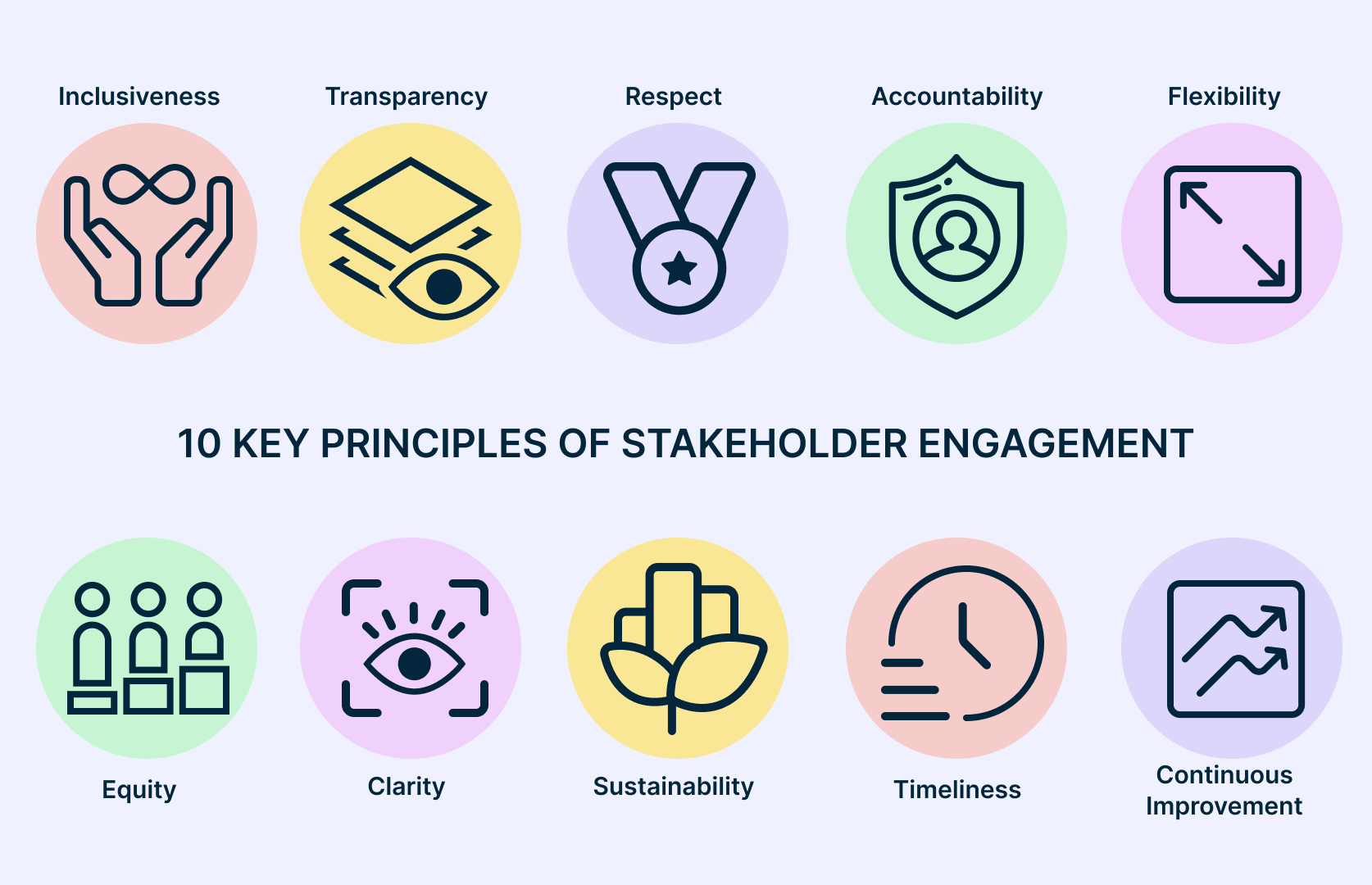
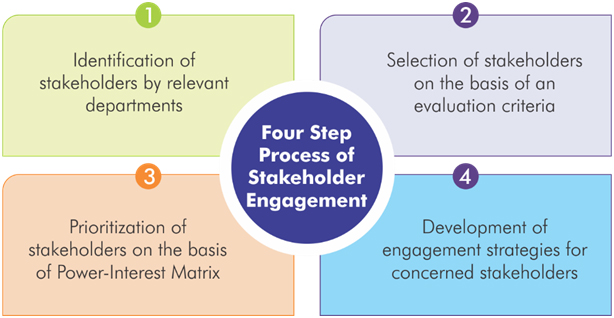
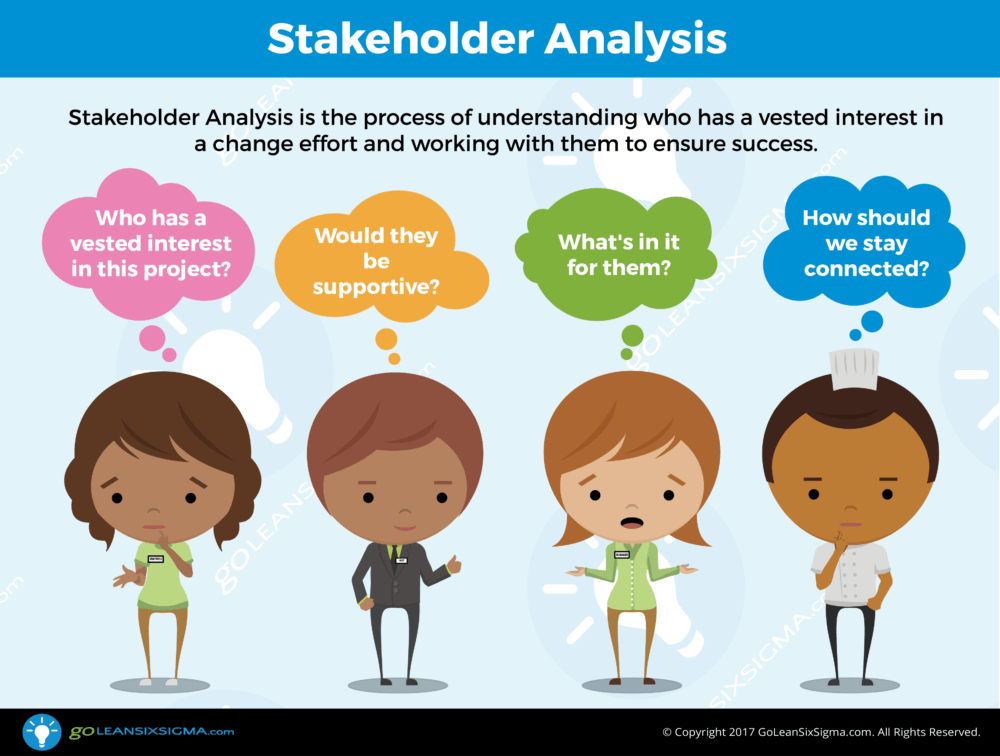
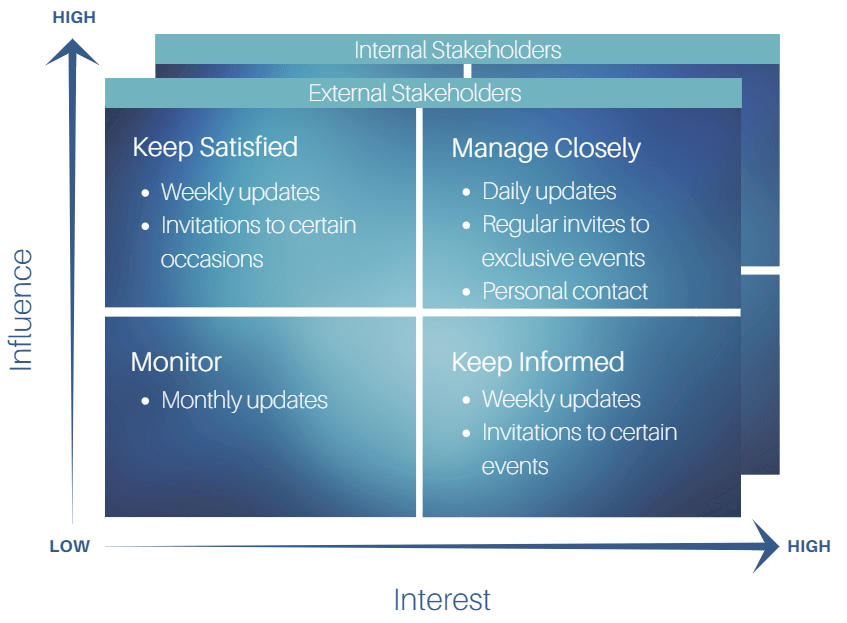

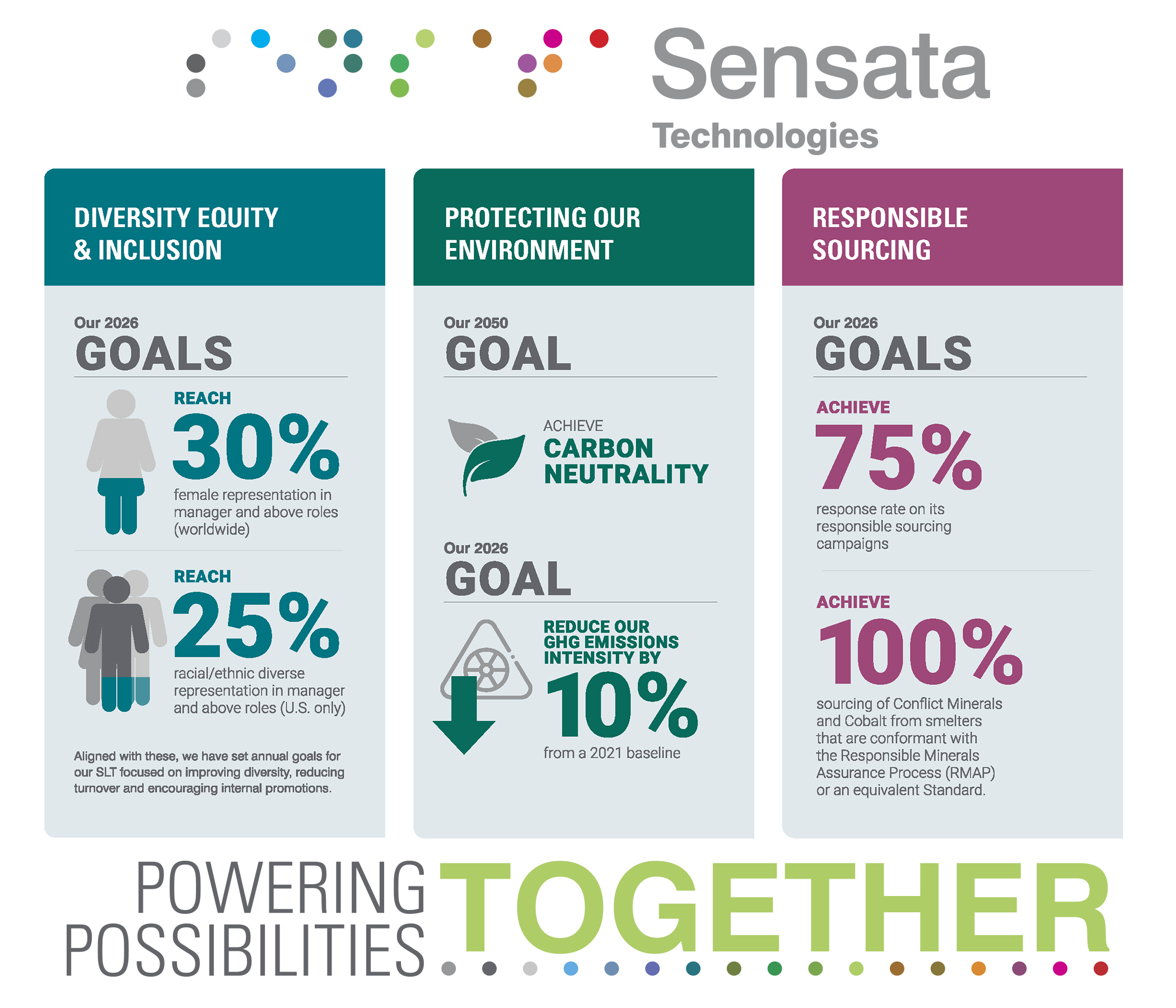
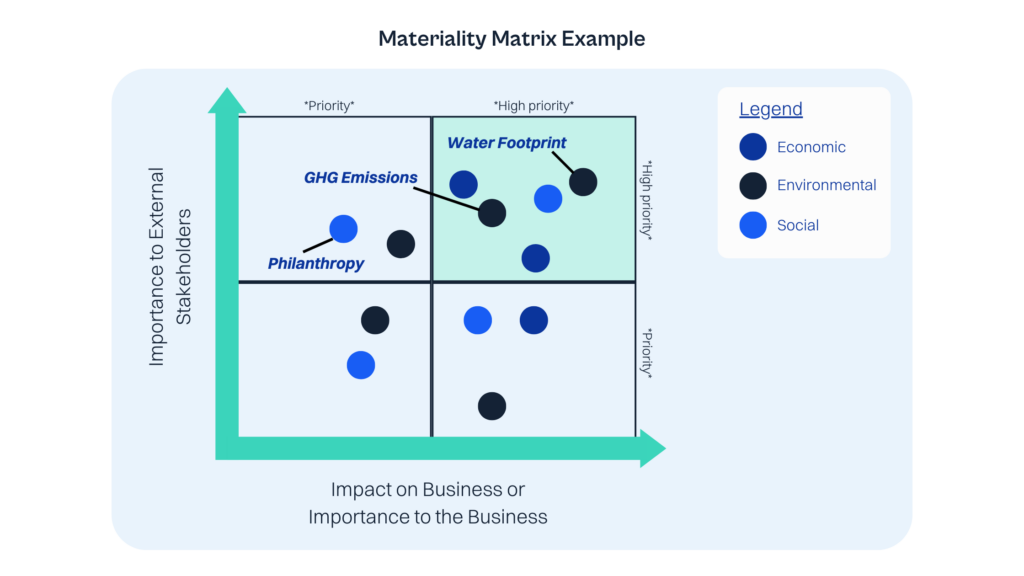

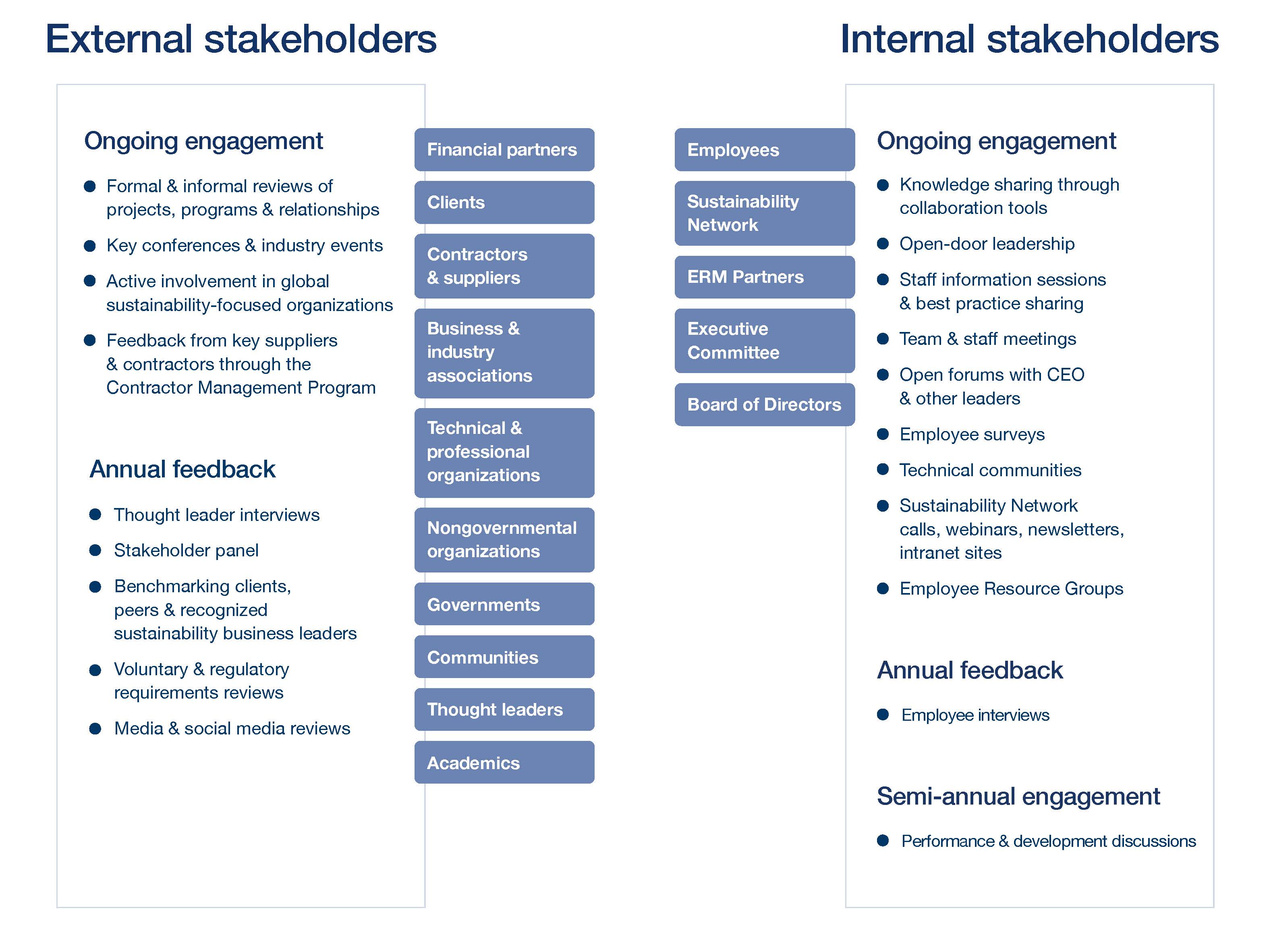
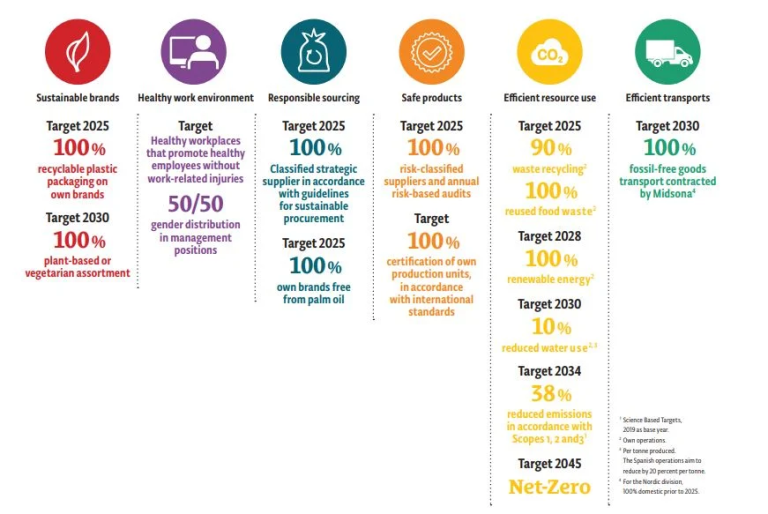
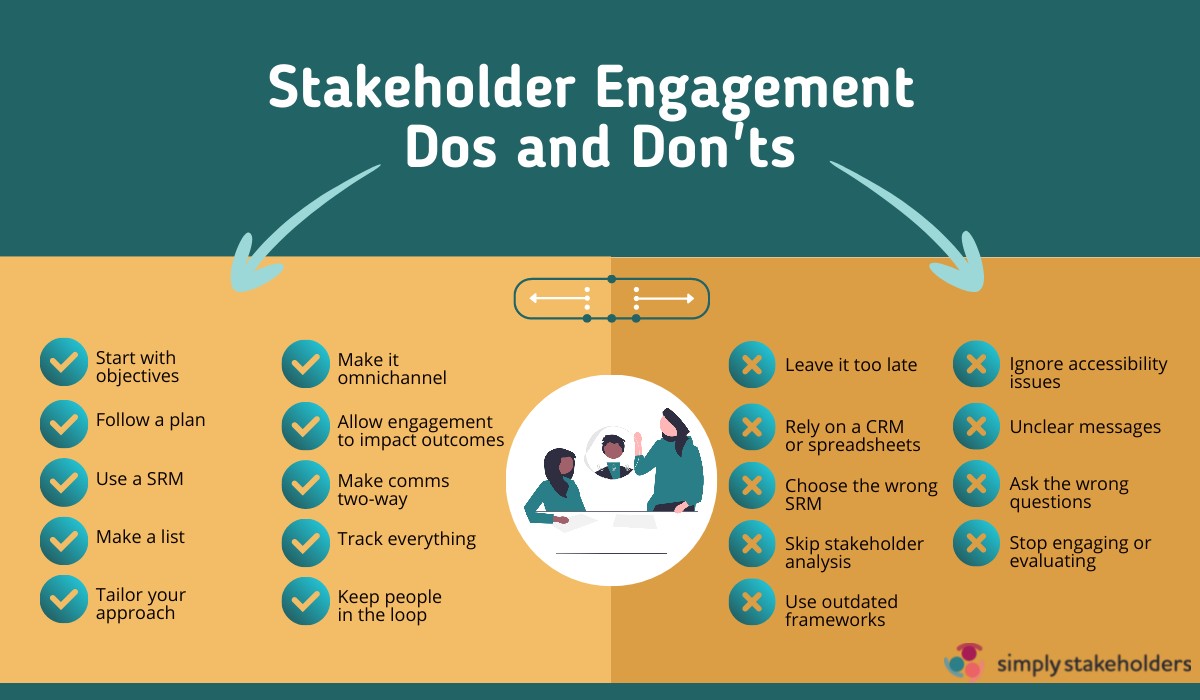
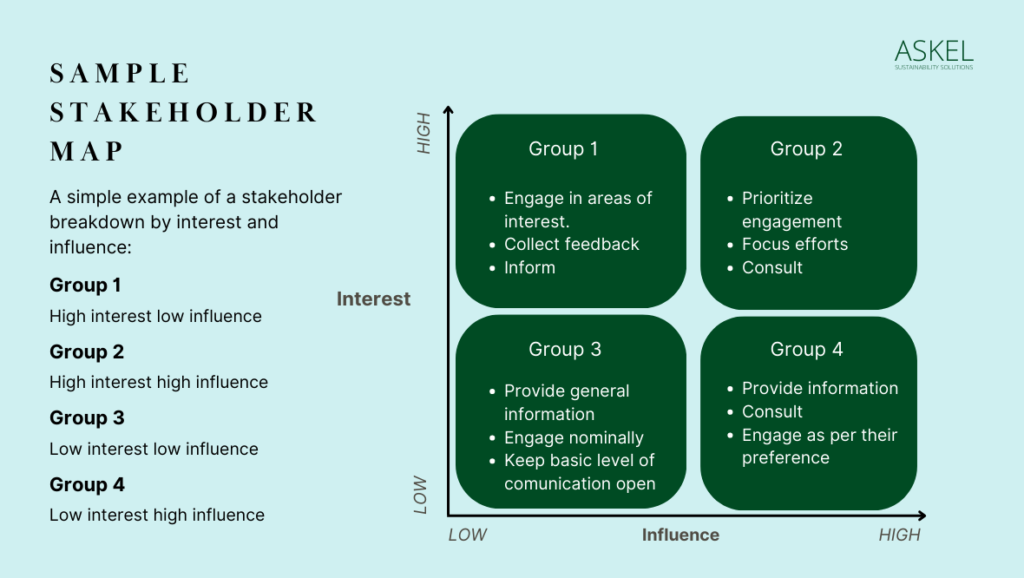
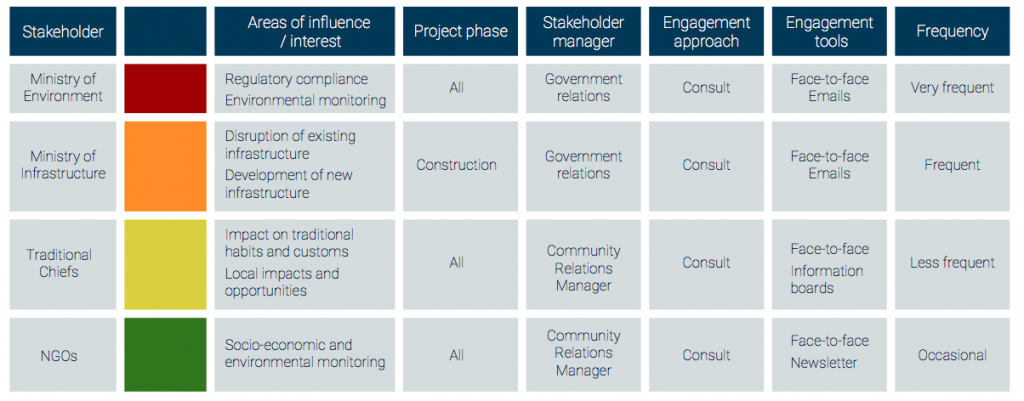


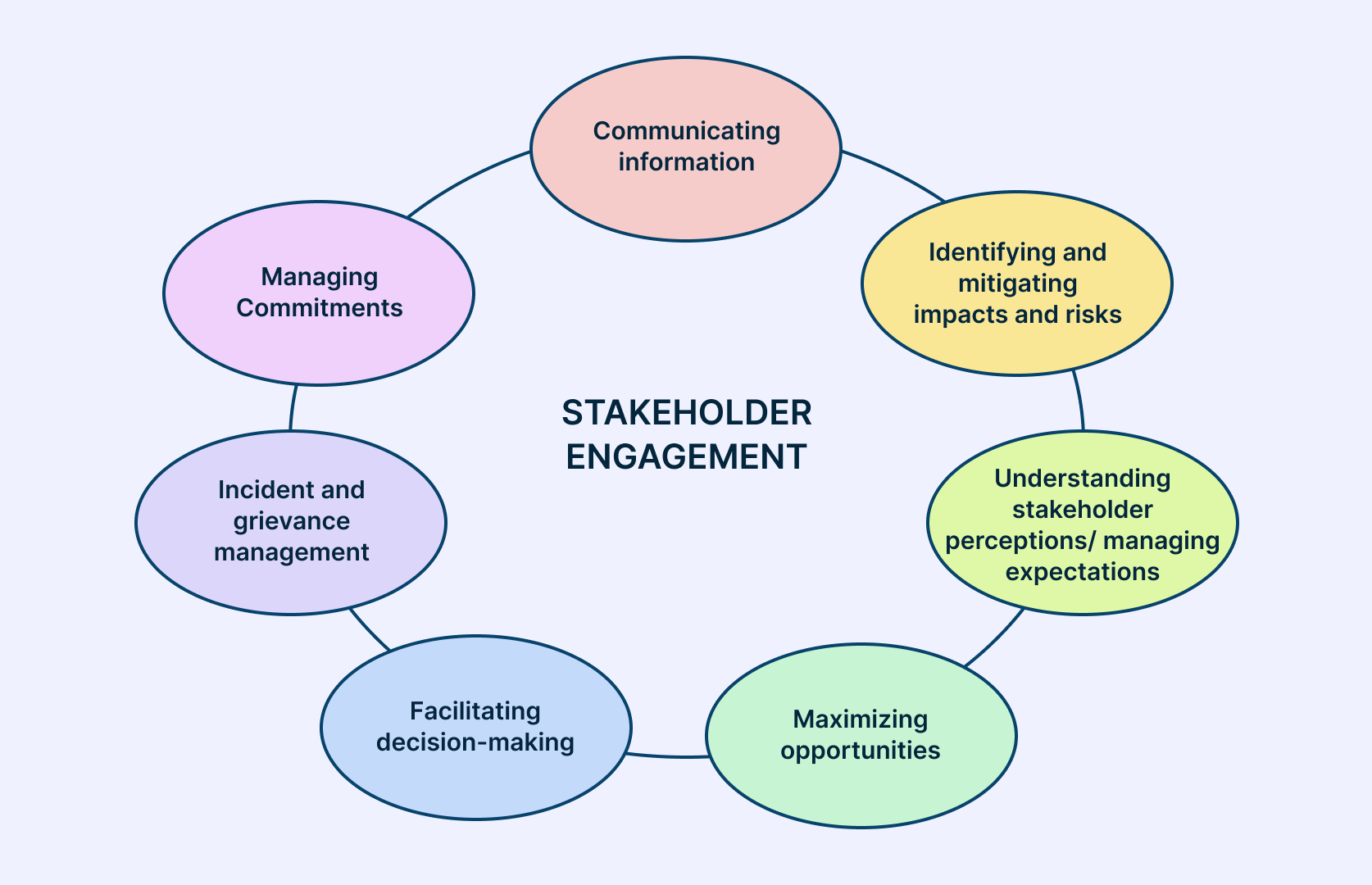
Comments
Post a Comment